IAEA hails ‘good level of cooperation’ with Iran regarding inspection of two sites
Atomic Energy Agency (IAEA) has expressed satisfaction with the level of cooperation with Iran regarding the inspection of two sites sought by the UN nuclear watchdog.
In an interview with the Associated Press on Tuesday, IAEA Director General Rafael Grossi said that the agency’s inspectors have now taken samples from both locations, which are still undergoing lab analysis.
In late August, Grossi visited Tehran, where he held talks with Iranian officials over safeguards implementation issues.
The two sides then issued a joint statement and said they had agreed “to further reinforce their cooperation and enhance mutual trust to facilitate” the full implementation of Iran’s Comprehensive Safeguards Agreement (CSA) and the Additional Protocol (AP) thereto, which has been provisionally applied by Iran since 16 January 2016.
To help facilitate the resolution of the issues raised by the Agency, the statement said, Iran agreed to voluntarily provide the IAEA’s inspectors with access to the two locations specified by the nuclear watchdog.
“It was a constructive solution to a problem what we were having,” Grossi said. “And I would say since then we have kept the good level of cooperation in the sense that our inspectors are regularly present and visiting the sites.”
Iran showed the peaceful nature of its nuclear program to the world by signing the Joint Comprehensive Plan of Action (JCPOA) with six world states — namely the US, Germany, France, Britain, Russia China — in 2015. The nuclear deal was also ratified in the form of a UN Security Council Resolution 2231.
The US, however, unilaterally pulled out of the deal and re-imposed unilateral sanctions against Tehran over objections from the other signatories and the entire world community.
Tehran remained fully compliant with the JCPOA for an entire year, waiting for the co-signatories to fulfill their end of the bargain by offsetting the impacts of Washington’s bans on the Iranian economy.
As the European parties failed to do so, Tehran moved in May 2019 to suspend parts of its JCPOA commitments under Articles 26 and 36 of the deal covering Tehran’s legal rights.
Commenting on Tehran’s retaliatory measures, Grossi said that although Iran has been scaling back its commitments, it has continued to allow IAEA inspectors full access to its nuclear facilities, including Natanz.
In the latest IAEA quarterly report, the agency reported that Iran as of August 25 had stockpiled 2,105.4 kilograms of low-enriched uranium, well above the 202.8 kilograms allowed under the nuclear deal. It was also enriching uranium to a purity of 4.5 percent, beyond the JCPOA limit of 3.76 percent.
“We continue to see the same trend that we have seen so far” in the next IAEA report due in coming weeks, Grossi said.
He, however, stressed the IAEA’s current assessment is that Iran does not at the moment possess a “significant quantity” of uranium.
“At the moment, I’m not in contact with my inspectors, but by memory, I wouldn’t say so,” he said.
“All of these are projections and the IAEA is not into speculation” he added. “What may happen? What could happen? We are inspectors, we say the amounts that we see.”
The IAEA defines “significant quantity” as the approximate amount of nuclear material for which the possibility of manufacturing a nuclear explosive device cannot be excluded.
“The idea of a ‘significant quantity’ is a technical parameter ... that applies in the context of the safeguards agreement to indicate amounts which could be theoretically used for the development of a nuclear weapon,” Grossi underlined.
“The fact that there could be such an amount would not indicate automatically that a nuclear weapon is being fabricated, so I think we have to be very careful when we use these terms.”
Additionally, Grossi said the IAEA inspectors have confirmed Iran has started building an underground centrifuge assembly plant after the July act of sabotage at the Natanz nuclear facility.
In September, Ali-Akbar Salehi, the head of the Atomic Energy Organization of Iran (AEOI), announced that the work had begun to build the new structure at the Natanz facility to make advanced centrifuges.
Jordan sentences former lawmaker for supporting Palestinian resistance
Basij volunteer forces hold massive drills in southwestern Iran
Israeli war criminals 'not welcome', US city says after ICC ruling
US vetoing of Gaza ceasefire resolution ‘disgraceful’: Iran’s UN envoy
VIDEO | IAEA adopts anti-Iran resolution tabled by E3
VIDEO | Iran's president urges Pope to help end Israel's onslaught in Gaza
Iran's senior legal official: ICC arrest warrant for Netanyahu ‘great victory'
Nov. 21: ‘Axis of Resistance’ operations against Israeli occupation


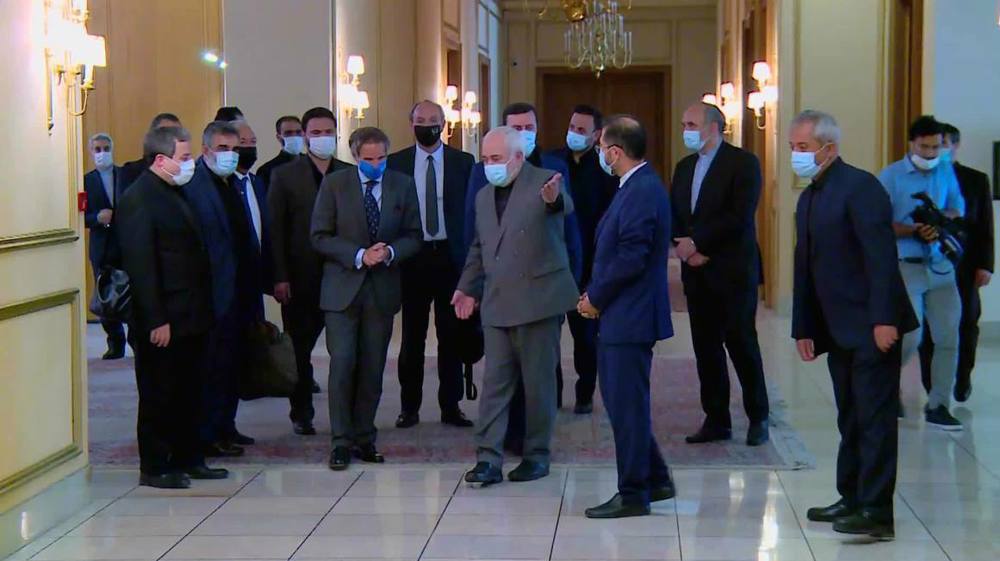


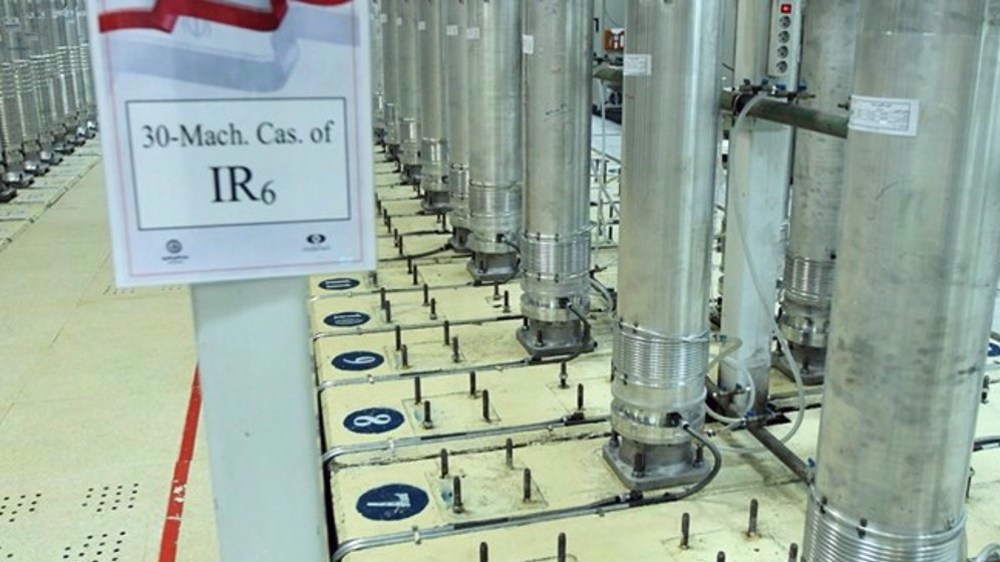

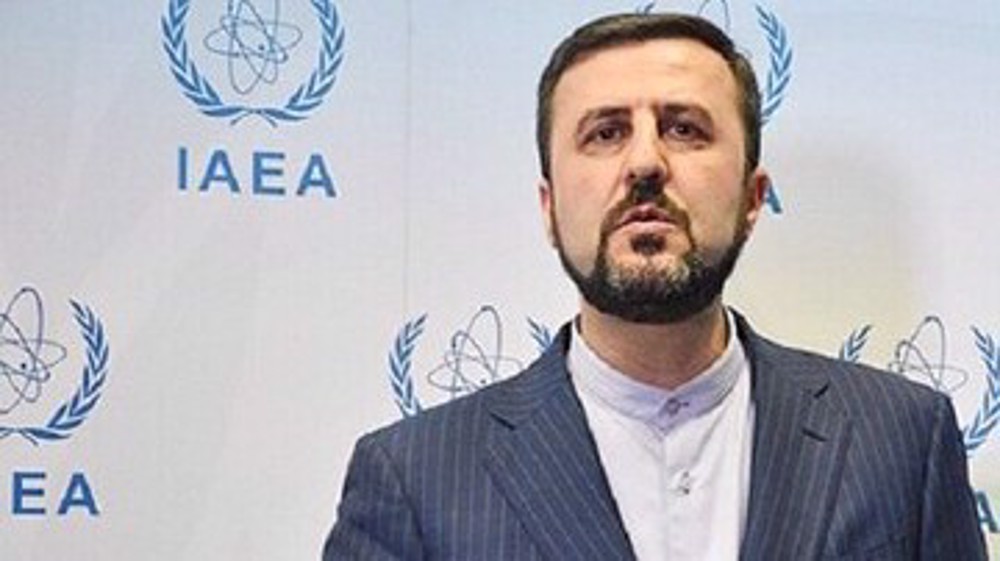




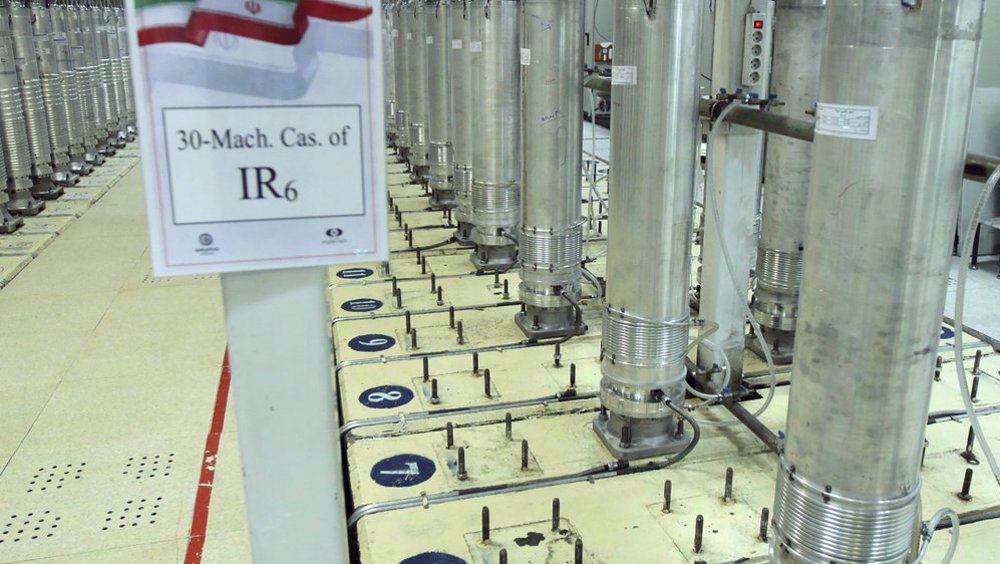
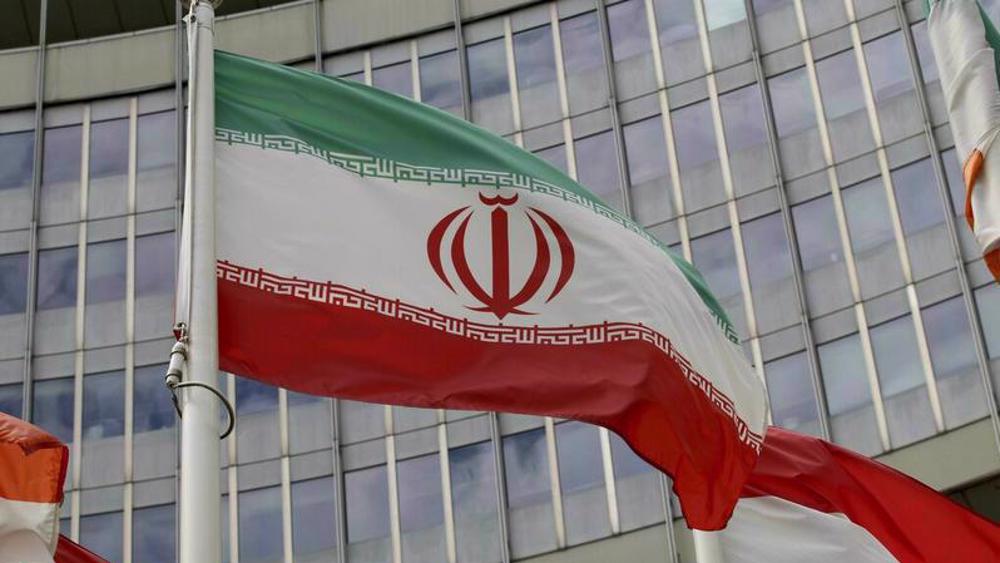
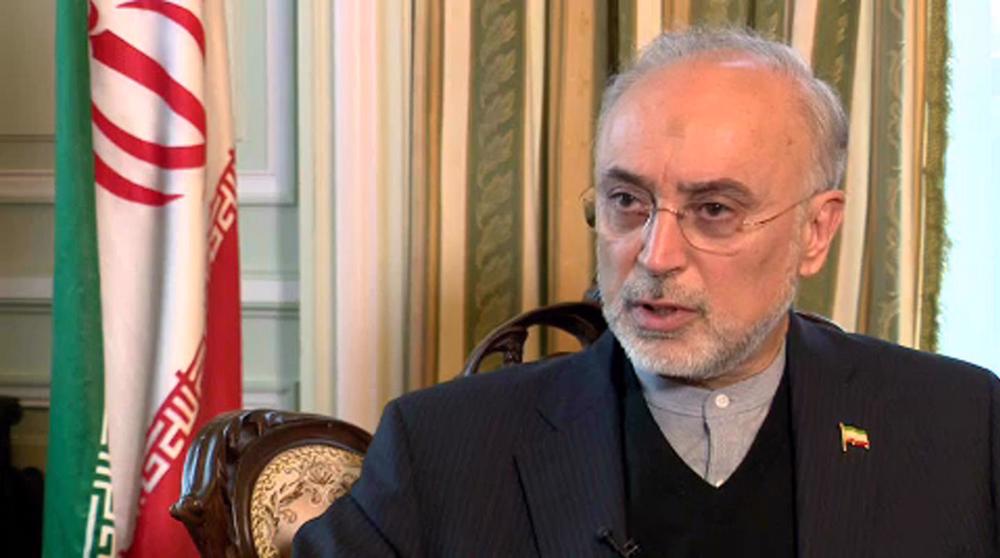



 This makes it easy to access the Press TV website
This makes it easy to access the Press TV website